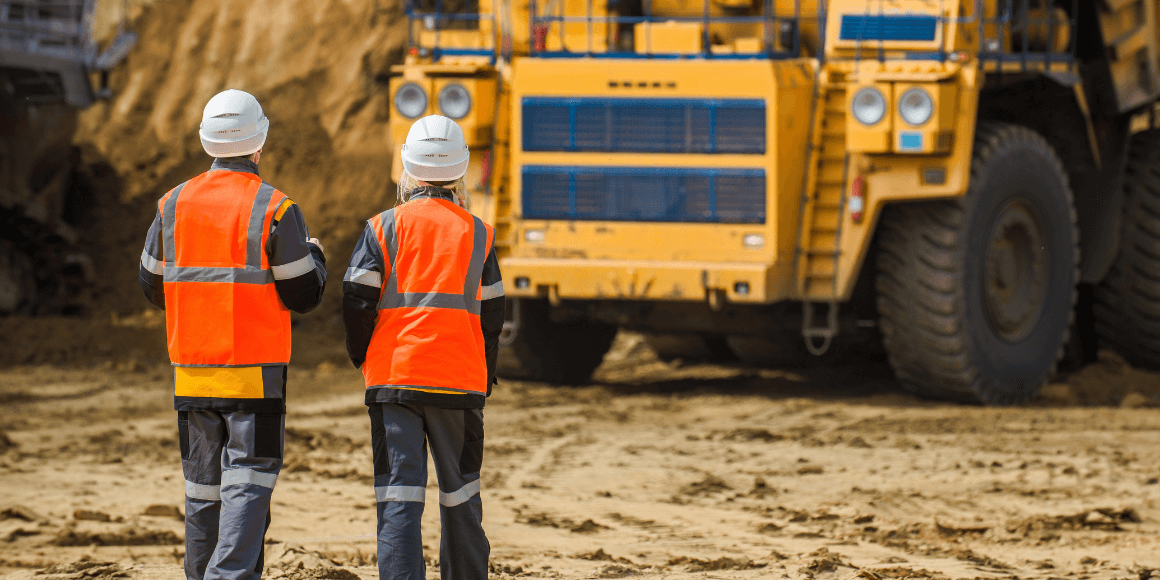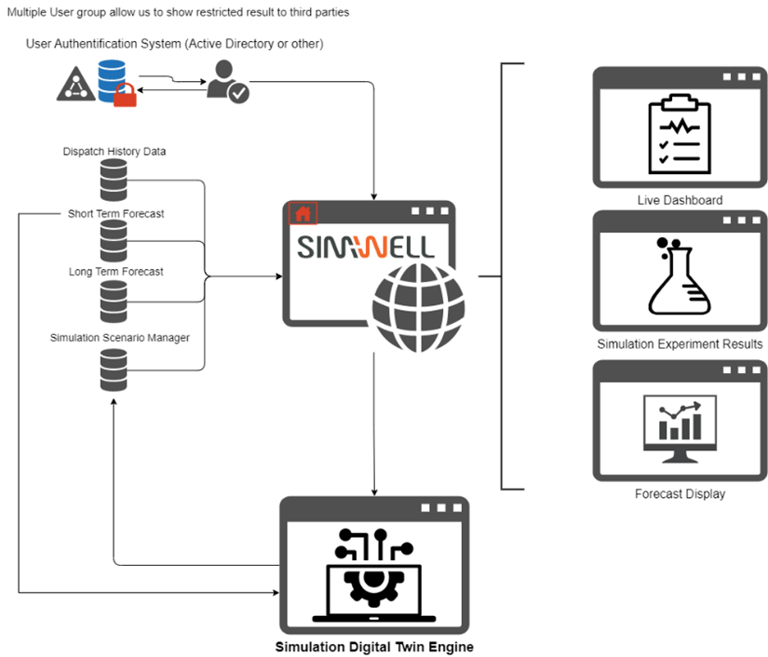
Strategic mine planning involves the development of efficient financial and technical operations for underground mines, cave operations, and open pit mines. Laying out these effective strategies allows mining companies to produce successful life-of-mine plans, which help reduce the occurrence of reserve losses, potential delays, and infrastructure risks.
Unfortunately, events such as economic uncertainty, war, supply chain disruptions, sociopolitical occurrences, and health crises like the COVID-19 pandemic can impact the operations of industries linked to the mining sector. Outdated software and planning methods, ever-changing resources, and incorrect forecasting can also disrupt mining operations—negatively impacting overall costs. These factors can make forecasting extremely difficult and lead to expensive hiccups in production.
What is Mine Planning?
Mine planning involves evaluating the technical, environmental and economic impacts of mine development. Planning out mining concepts and targets can help executives make better investment decisions, forecasts, and predictions, but this process can be complex and challenging.
Effective mine planning should focus on:
- Optimizing mine production scheduling.
- Improving ore reserve estimation and grade control.
- Minimizing capital expenditure through equipment selection, infrastructure design, and project phasing optimization.
- Enhancing operational efficiency.
- Reducing overall operational expenses and staying within the designed budget.
Challenges of Mine Planning
The mine planning process is an effective way to handle unexpected obstacles and ensure that operations run smoothly. Let’s take a look at some of the challenges that organizations may face during this process:
Operations and Throughput in a Feasibility Study
The goal of the feasibility study in mine planning is to demonstrate the mine project will be profitable while meeting regulatory and environmental requirements. During a feasibility study mine planners need to understand operations in the plant, logistics, and other critical parts of the mine. SimWell helps mining organizations around the world in mining planning feasibility studies by simulating plant operations, logistics, and other critical operations to identify bottlenecks, ensure appropriate buffer space, logistic operations, and more.
Simulation gives mine planners a system wide view to predict how the operation will perform include throughput and utilization under various operating scenarios.
Failing to Use Automation to Make Predictions
Unfortunately, the complex intricacy of mine planning can lead to incorrect guesses or estimations based on previously used or outdated data. This can lead to excess spending or wasted resources. Automation can help optimize the lifecycle of mining assets, which include equipment, vehicles, and infrastructure.
Incorporating the right automation tools can also help during the vital forecasting process, allowing engineers to test different scenarios related to production and budget within a risk-free environment. By incorporating different plans that take new data into account, inaccurate forecasts can be eliminated.
Mine Planning within the Value Chain
The Pit to Port value chain includes the mine, plant, rail, and port, and mines can encounter many different factors and resource limitations during this process. To maximize assets and productivity, it’s important to examine the system as a whole—which can be difficult when using outdated methods such as spreadsheets.
Simulation and optimization tools can correctly analyze the potential impact of different capital expenditure projects. They can help mines prioritize investments that yield the highest return or boost operational efficiency.
Mine Planning and Automation
SimWell uses detailed simulation models to help mine planners make more informed decisions. These models will capture the complexity of your operations, allowing Digital Twin support tools to run numerous scenarios and offer deep insights.
This technology helps mines:
- Correctly plan their rail operations using a real-time Digital Twin that can simulate processes related to railway and train crossings, train loading and unloading, train and rail maintenance and upgrades, and more.
- Optimize truck and operator schedules, manage traffic, and boost productivity during the transportation operations process.
- Use analytics to gather insights related to mining operations—allowing mines to meet productivity levels while driving down costs.
- Optimize production scheduling by supporting mine design- and infrastructure-related investment decisions.
Improve Your Mine Planning Procedures
Meet your mining operations challenges head-on with SimWell. Together, we'll help you improve productivity levels and reduce costs. By showing you exactly when and where you’re losing money, time, and energy, we’ll help you understand the right steps to take to work more efficiently, achieve growth, and achieve your goals. Let’s talk today!






